London Calling! An AWS Region is coming to the UK!
All Things Distributed
NOVEMBER 5, 2015
Yesterday, AWS evangelist Jeff Barr wrote that AWS will be opening a region in South Korea in early 2016 that will be our 5th region in Asia Pacific. Customers can choose between 11 regions around the world today and, in addition to Korea, we are adding regions in India, a second region in China, and Ohio in 2016. Today, I am excited to add the United Kingdom to that list!






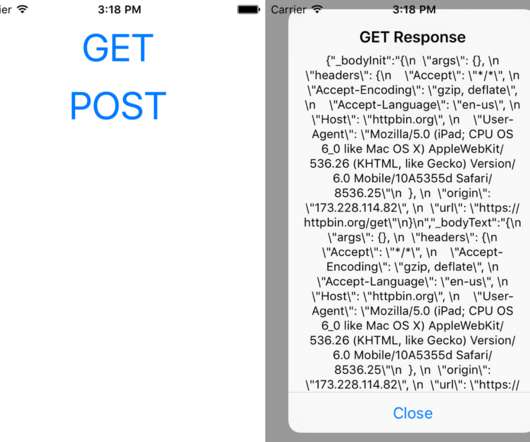
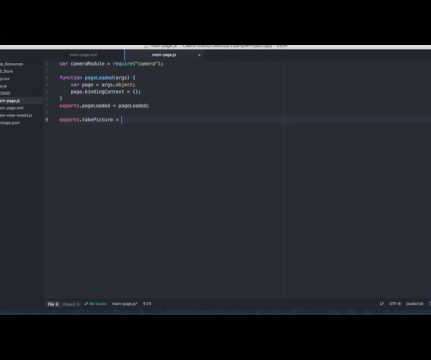

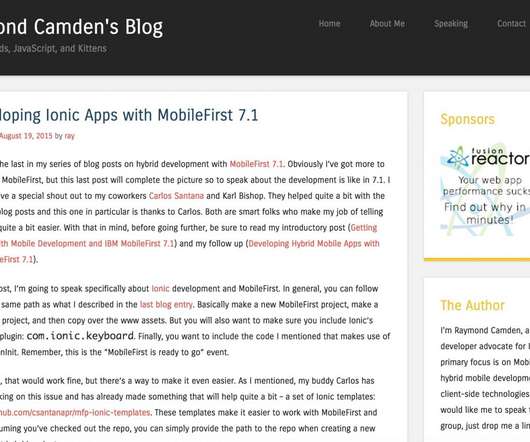
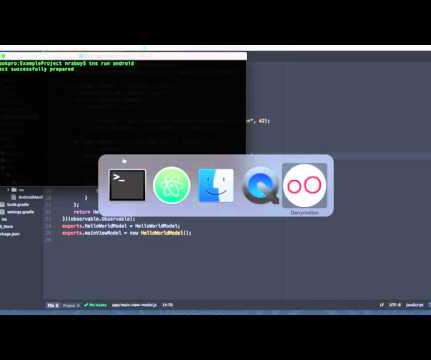
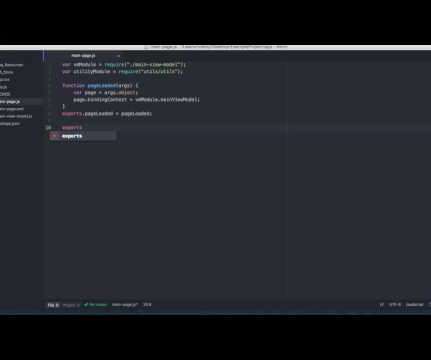
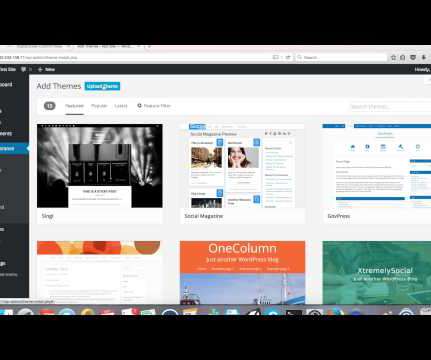










Let's personalize your content